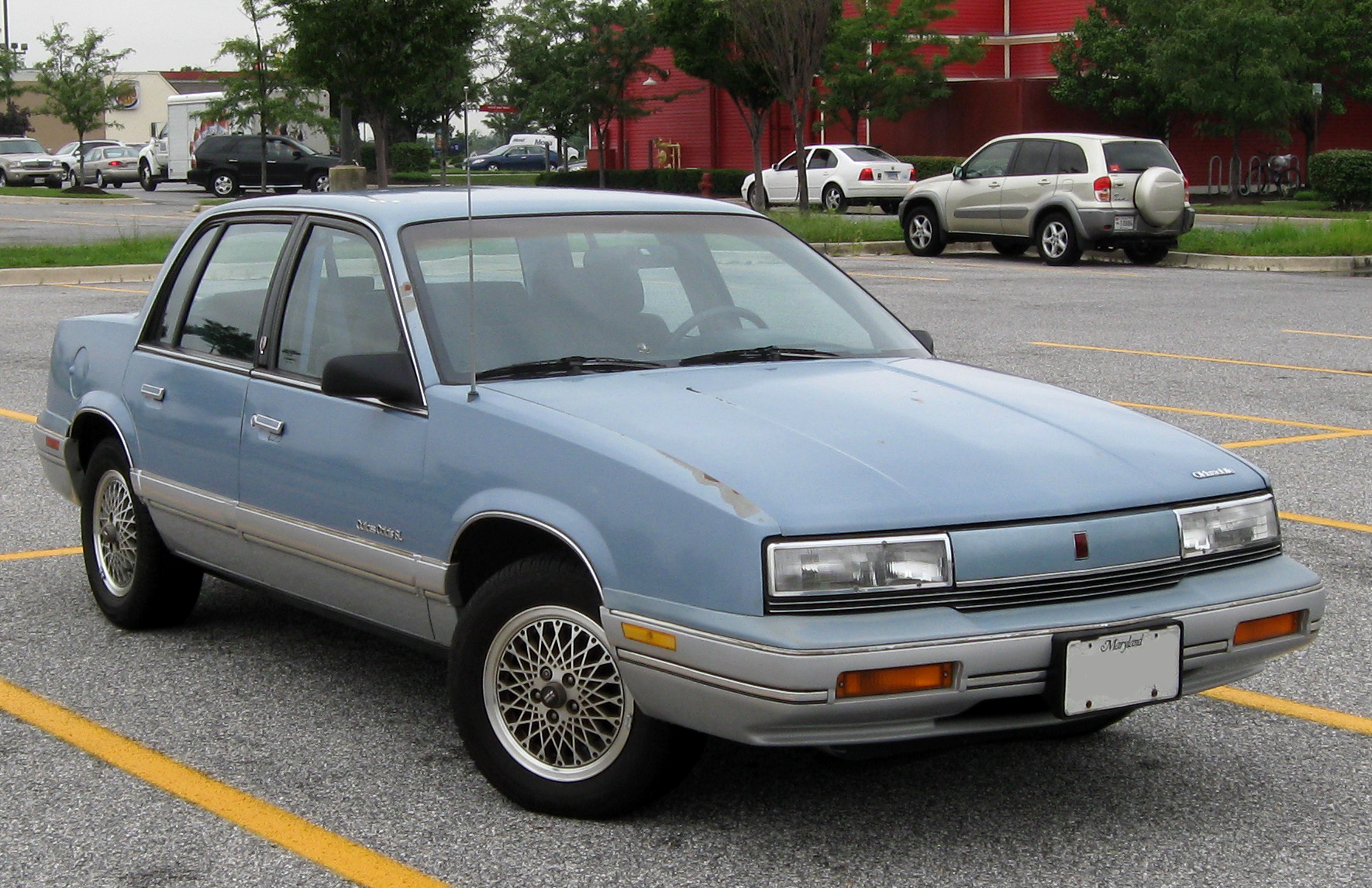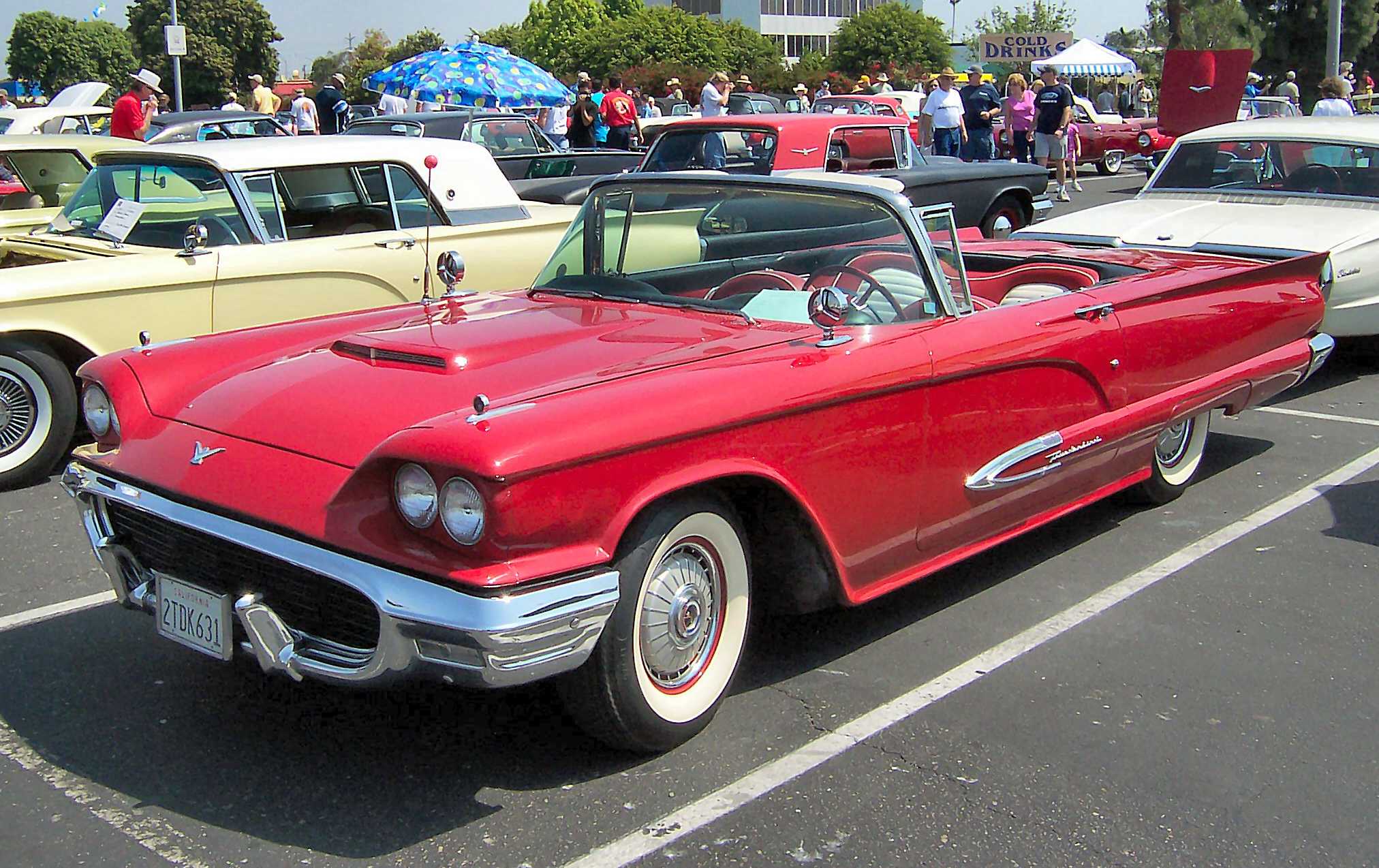Lost Legends: 15 Car Brands That Disappeared Over the Last 25 Years

In the fast-paced world of the automotive industry, not all car brands manage to withstand the test of time. Over the last couple of decades, several iconic brands have bid adieu to the roads. Let’s take a fascinating journey through some of the most notable car brands that have vanished in the last 25 years, exploring the reasons behind their demise and highlighting their unforgettable contributions to the car industry.

1. **Plymouth (1928-2001)**: Once a leading brand under Chrysler, Plymouth was known for its clever designs and futuristic appeal. However, the practice of ‘badge engineering’ in the 90s, where the Plymouth name was stamped on other Chrysler products, diluted its unique identity. This, coupled with dwindling sales numbers, led to its closure in 2001.

2. **Mercury (1938-2011)**: Marketed as Ford’s middle-priced option, Mercury was essentially a badge-engineered, more affordable version of Lincoln or other Ford models. Unfortunately, an aging and narrowing customer demographic contributed to its decline, ultimately leading to its end in 2011.

3. **Pontiac (1926-2010)**: With the motto “Pontiac. Designed for Action,” this brand was synonymous with speed and performance. However, fuel shortages and safety concerns in the 70s and 80s chipped away at its sporty image, culminating in GM’s Chapter 11 reorganization in 2008 and Pontiac’s demise in 2010.

4. **Oldsmobile (1897-2004)**: As one of America’s oldest car brands, Oldsmobile had a reputation for high-powered performance. Its downfall was echoed by the 1990s trend of rebadging and a gradual decline in quality and performance, marking the end of this storied brand in 2004.

5. **Packard (1899-1958)**: Initially a luxury brand, Packard struggled to compete in the mid-priced market. The disastrous merger with Studebaker in 1953 was the beginning of the end for Packard, once known for its elegance and quality.

6. **Studebaker (1852-1966)**: Originating from a family of German blacksmiths, Studebaker became known for reliable and innovative designs. However, fierce price wars with GM and Ford in the 1950s, followed by a costly merger with Packard, led to its closure in 1966.

7. **Hummer (1992-2010)**: Envisioned initially as a military contract vehicle, Hummer faced hurdles due to its poor fuel economy and safety concerns in the civilian market. Despite its unique appeal, Hummer ceased production following failed sales deals.

8. **Kaiser-Frazer (1945-1951)**: The joint venture between Joseph Frazer and Henry Kaiser was promising, but differing visions led to their split in 1951. Though the Kaiser brand continued by acquiring Willys-Overland, the Frazer name disappeared from the market.

9. **Tucker Corporation (1944-1950)**: Preston Tucker’s vision for futuristic cars was marred by an SEC investigation, despite his eventual acquittal. The financial burden and resultant damage to the brand’s reputation led to the company’s collapse.

10. **Edsel (1957-1959)**: A cautionary tale in marketing failure, the Edsel was over-hyped and poorly received. The result was a catastrophic financial loss for Ford and the brand’s rapid disappearance.
11. **Panhard (1887-1967)**: One of the oldest automobile manufacturers, Panhard was renowned for its innovative engineering and luxurious vehicles. Despite ceasing production in 1967, Panhard’s pioneering role in introducing front-wheel drive and their contributions to automotive suspension systems still echo in today’s car designs.

12. **Nash (1916-1957)**: Nash introduced a series of firsts in the automotive world, including the first production compact car and the first car with a unibody design. Though they merged into AMC, Nash’s innovative spirit laid the groundwork for future advancements in car manufacturing and engineering.

13. **Packard (1899-1958)**: Despite its eventual downfall, Packard was synonymous with luxury and elegance. The brand’s early adoption of V12 engines and focus on premium craftsmanship has influenced luxury carmakers, leaving a legacy of sophistication that still inspires brands today.

14. **Studebaker (1852-1966)**: With origins as a wagon manufacturer, Studebaker evolved into an automotive innovator with unique designs and a reputation for quality. Their approach to styling and design influenced the aesthetics of automobiles in the 20th century, a testament to their enduring impact.

15. **Hummer (1992-2010)**: Known for its rugged, off-road prowess, Hummer embodied the spirit of adventure and durability. While the brand ceased operations, its influence persists, especially in the growing crossover and SUV markets where ruggedness and versatility remain key selling points.

In the ever-evolving landscape of the automotive industry, these brands, though no longer present, have left behind rich legacies and innovations that have shaped the way we drive today. The stories of these defunct car brands remind us of the ongoing evolution and adaptation required to meet the demands of the future. The roads may not echo with the sounds of their engines anymore, but their spirit continues to drive the passion for innovation and excellence in automotive design.
Related posts:
14 Defunct Car Brands and Why they Failed
List of defunct automobile manufacturers of the United States
what car brands will disappear?
Discover more from Auto Travel World
Subscribe to get the latest posts sent to your email.












